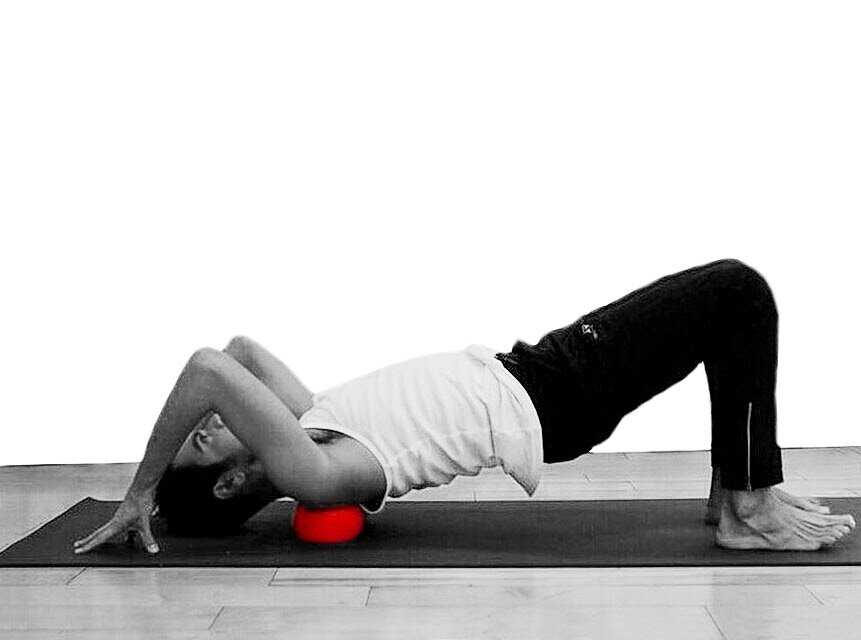Masala chaas is a staple Indian spiced buttermilk/yogurt drink which is refreshing, delicious, and healthy. Made with yogurt, spices, and herbs, it takes only 5 minutes to make and can be served after lunch, dinner, or any time of the day as a small meal.
Chaas is categorized as a sattvic food in Ayurveda, that is balancing (and good) for most people. You can enjoy with your meal or make it your own small meal if you’re hungry in the middle of the day (i.e., in Ayurveda we count any food ingested as a meal that’s why I’m not calling it a snack). I’ve known about this ‘savory lassi’ for years but frankly I never had a great one till I was in India, and I also realized how vastly different home cook meals and recipes are. In conclusion, experiment till you arrive to your chaas. Another thing, buttermilk and yogurt despite their similarities are different (LOL) so for disclaimer, I enjoy the yogurt version of this beverage and that’s what I’m calling a chaas but I suppose the proportions using buttermilk would be different. All that to say, please treat the recipe I’m presenting here as a basic formula or a departure for your own. It’s the same principle behind a Bloody Mary or a good soup!
Even though Chaas is a simple everyday drink for many, per Ayurveda it has numerous health benefits:
Reduces Acidity
Fights Constipation
Cooling Effect
Helps in detoxification
High in Vitamins and Nutrients
Prevents Dehydration
Reduces blood pressure
How to make Masala Chaas
1. To a large blender add 1.5 cups of cold plain yogurt, 1/2 teaspoon of roasted ground cumin, 1 tablespoon of chopped mint leaves or coriander leaves (cilantro), and ½ teaspoon of black salt (or regular salt, as needed).
For a spicy version of masala chaas recipe, add ½ teaspoon of fresh grated ginger and ½ teaspoon of chopped green chillies OR ¼ teaspoon of red pepper flakes.
2. Next add 1 cup of cold or room temperature water. For a colder spiced Chaas, I suppose you can add a few ice cubes. But I cannot stand ice cubes and can’t honestly say that would be a good idea.
3. Blend for 2 to 3 minutes, until the ingredients are combined and '“the curd has been whisked well.” I don’t get much foam with this recipe but you could see that and I’ve seen the foam on some version of Chaas I had, which use more water or perhaps buttermilk vs yogurt. I suppose it’s a taste thing, but I don’t like foam either so I would just spoon it out before drinking.
Raju, the chef whose chaas I felt in love with, would garnish his chaas with thinly sliced onions and a pinch of powdered red pepper. Hmmm so good. I’ve tried with success adding 1/2 teaspoon of fire vinegar and/or garnishing with sumac. Again do your thing and don’t let anyone shame your chaas!





















